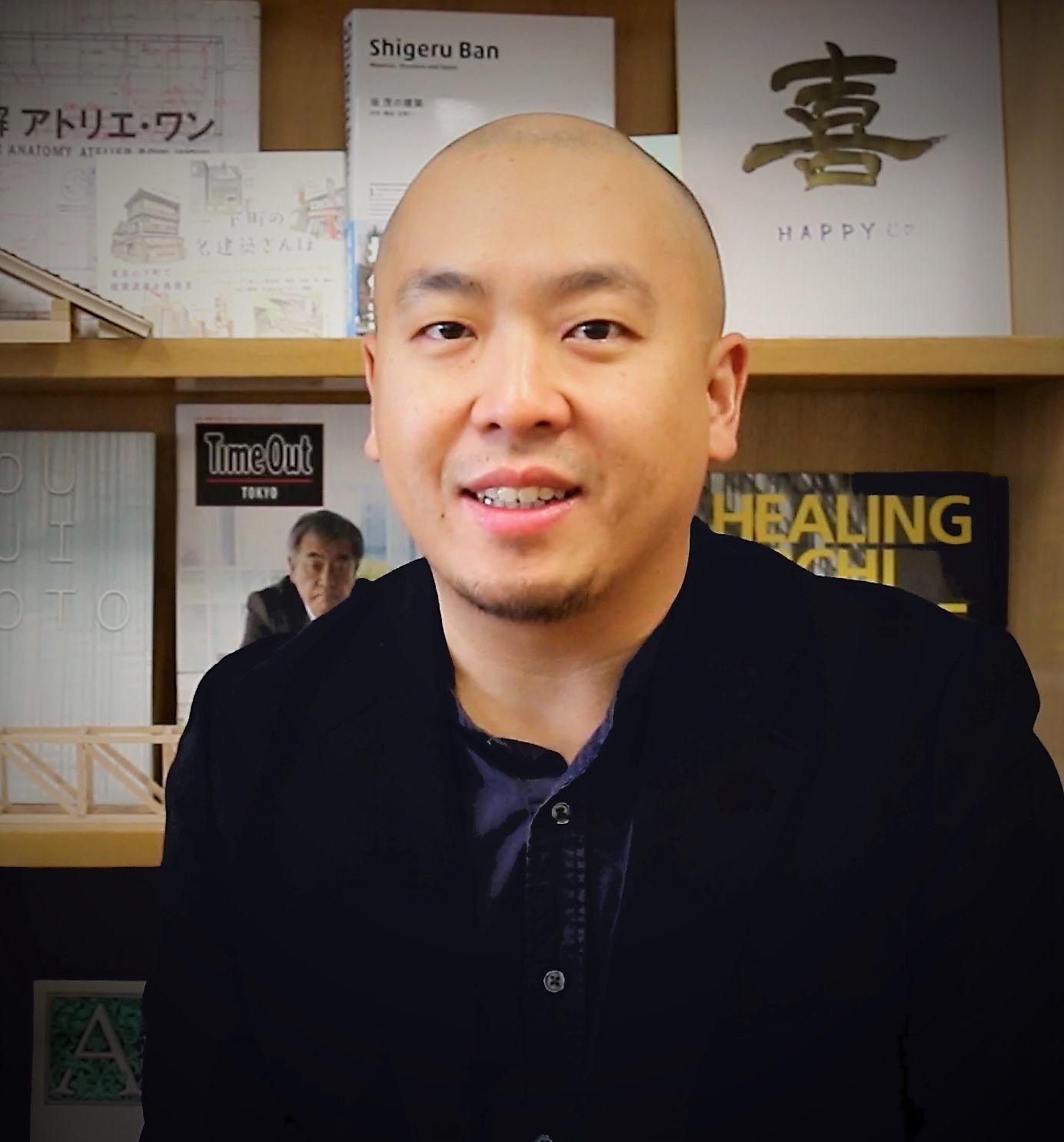Tips for Setting-up a Temporary Work-from-Home Office during COVID-19

Tips for Setting-up a Temporary Work-from-Home Office during COVID-19
October 22, 2020
Presented by: Dr. Henry Tsang
SESSION:
With the recent COVID-19 pandemic, many of us have had to transition to a temporary work-form-home setup. For architects, this meant moving the architectural studio and meeting rooms back home. Whether it is only for a few months to transition the COVID pandemic or a permanent hybrid between the physical office and the work-from-home office, the shift to a decentralized work environment seems to be inevitable.
With drawings and models moved to digital formats, architectural practices and offices as we know them may become one day obsolete. There are documented cases of architecture firms that are operating completely remotely as described in Sean Joyner’s article Running a Virtual Architecture Practice with Jennifer Kretschmer. In addition, according to a 2012 report by the American Institutes of Architects, a quarter of architects work as sole practitioners. This means that these architects are working primarily alone where work is not tied to a physical office, and likely working remotely from home. The transition to a virtual environment is particularly relevant for sole practitioners as the need for a physical office can be reduced to a bare minimum to function as a design studio. With recent COVID-19’s work-from-home protocols, a new normal is foreseeable in which a significant percentage of architects at larger offices to shift to remote work as well.
Today, with the architects’ tasks transitioning to remote work, from drafting to modeling to communication, what is still left to be performed in a physical office and are architects still tied to a specific place of work? What are the potentials that lie in the transition towards a virtual design office?
This webinar focuses on supporting architectural practices that have had to urgently work-from-home during the COVID-19 pandemic; yet intend to return to a physical or semi-physical work environment post-COVID. This talk will introduce the most ready-to-use tools that can complement an architectural practice to improve the connectivity, communication, design and production while being isolated from the work environment. Tools that will be introduced include: ZOOM, Padlet, Trello, Conceptboard, Slack, and others.
LEARNING OUTCOMES:
At the completion of this webinar, participants will be able to:
- Describe ready-to-use tools that could boost the efficiency of an architectural practice for employees working-from-home.
- Plan an effective temporary work-from-home strategy.
- Optimize the functions of each of the tools introduced with a focus on the needs of the architectural practice.
- Explore new concepts for virtual workplaces and design studios in a post-COVID-19 world.

Dr. Henry Tsang
B.Sc.Arch (McGill), M.Arch (McGill), Ph.D (UTokyo)
Architect, OAQ, MRAIC, LEED GA, WELL AP
Assistant Professor, RAIC Centre for Architecture at Athabasca University
Dr. Henry Tsang is an assistant professor in the RAIC Centre for Architecture at Athabasca University and a registered architect of the Ordre des Architectes du Québec. At AU, he teaches virtual design studios and architectural courses online. Funded by a university research grant, he is currently exploring new concepts for virtual workplaces and design studios in a post-COVID-19 world.
He completed his B.Sc.Arch, M.Arch at McGill University, and Ph.D. at the University of Tokyo as a Monbukagakusho Scholar, in Japan. With over 10 years of practice experience, he has worked at architectural firms LemayMichaud, Environment Design Institute (EDI), AXS Satow, Nikken Sekkei and Nihon Sekkei, producing a diverse and global design portfolio of projects.
He previously also taught at Keimyung University in South Korea and held the position of director of the Sustainable Architecture Technology program at Herzing College. Otherwise, he has developed and instructed several courses for the RAIC, as well as lectured at international conferences and universities worldwide. In 2015, he was presented with the Educator of the Year Award by the National Association of Career Colleges of Canada.
Henry currently serves as Secretary of the RAIC Alberta Chapter and member of the RAIC Membership Committee.
Registration closes on Tuesday, October 21, 2020 at 8:00 p.m.
PRICE:
This session is free for RAIC Members.
The cost for non-members is $10.00, plus applicable taxes.
TIME:
| Pacific | Mountain | Central | East | Atlantic | Newfoundland | |
| Start time | 10:00 a.m. | 11:00 a.m. | 12:00 p.m. | 1:00 p.m. | 2:00 p.m. | 2:30 p.m. |
| End Time | 11:00 a.m. | 12:00 p.m. | 1:00 p.m. | 2:00 p.m. | 3:00 p.m. | 3:30 p.m. |
More information, including online access instructions and a PDF copy of the slides, will be sent to you by email on the Tuesday prior to the Webday webinar.



